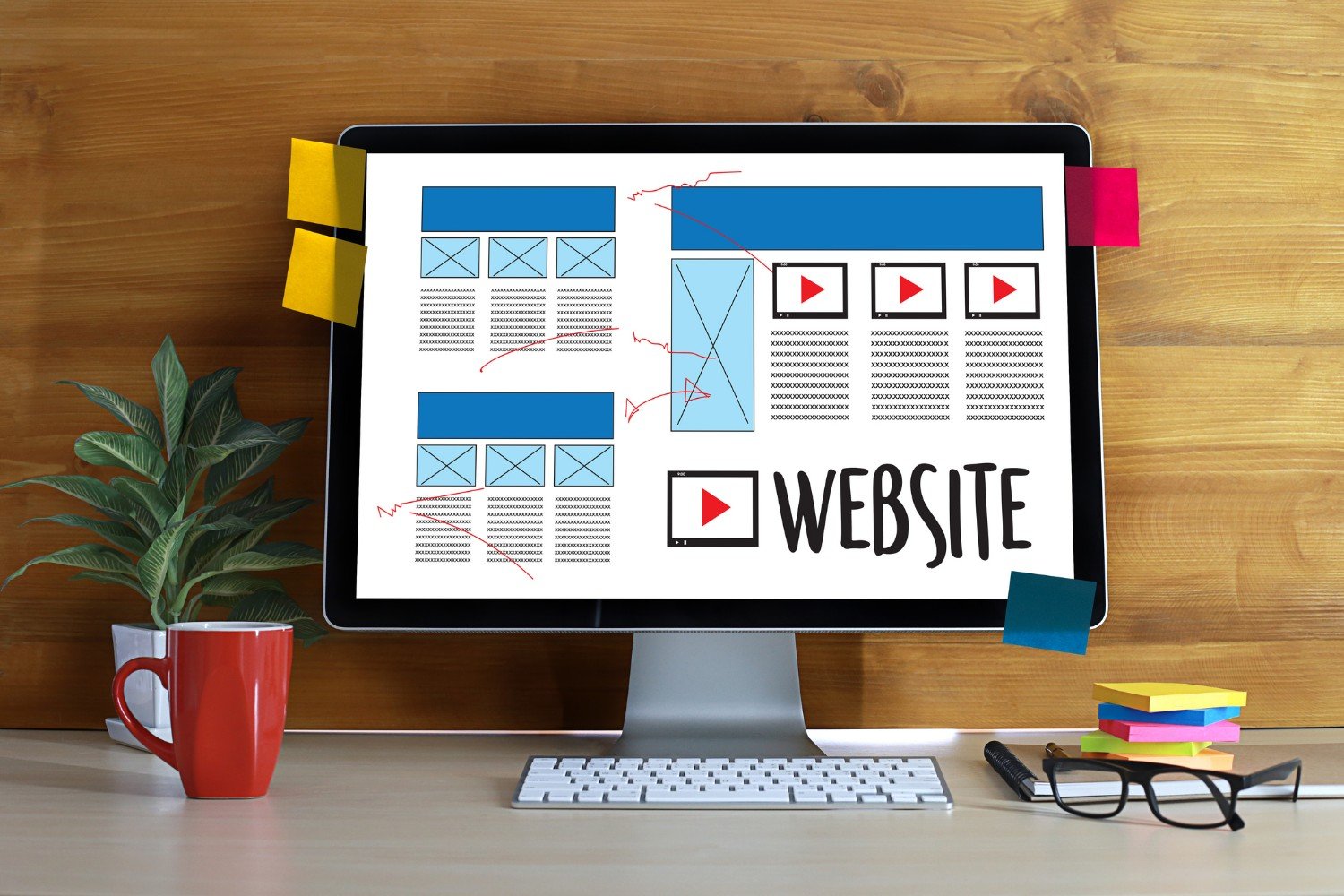
Web design is a key aspect when it comes to digital marketing. If you want your customers to stick on your page for longer periods of time, start with optimizing your web pages. With web page optimization—you are able to improve load speed, enhance customer experience, boost the performance of your site, and capture more leads.
Remember, the modern client wants something that is user-friendly. So, if you don’t pay attention to your site’s optimization, you are not going to realize those ambitious leads.
Even more, Google ranks sites based on many factors—including user experience. Thus, if your site’s speed is slow, you will never rank higher on major search engines like Google, Bing, Yahoo, etc. So, how do you go about it? Well, this guide is going to delve in details concerning all you need to do and instantly optimize your site.
Load Pages in bits
Instead of loading the whole of your site’s content, consider loading individual pages. You can update your pages asynchronously—i.e. at any moment. So, why reload the whole content? No need. You are only going to make your site slow. Update parts of pages—albeit independently.
Use Working Links
Broken links are only going to turn away your visitors. Clients want practical things. They need links that can lead them to rich content. So, improve your link building strategy and let your site do the talking. Howver, if you don’t hav the capacity to do it, hire a professional company like PWD to do it for you.
The Power of Using External JS as well as CSS Files
When users first load your web page, external resources such as JavaScript and CSS files will be cached by the browser. So, instead of inline CSS plus JavaScript files, it’s much better placing them in external files. Besides, utilizing inline CSS also extends your web page’s rendering time; having all details defined in the main CSS file allows the browser to perform less work when rendering your page since it’s already aware of the style rules which it needs to apply. Using external files (JavaScript and CSS) simplifies site maintenance since you only you’re only required to maintain global files and note codes scattered in multiple web pages.
Utilize Caching Systems
Does your site have to connect to your database so as to create duplicate content? Well, it’s time you start utilizing a caching system. With the help of such a system, your website will only need to create the content once rather than creating it every time users visit the page. And the good news is that caching systems sporadically refresh their caches, but this depends on how they’re set up. What this means is that even constantly-changing web pages such as blog posts can be cached.
Content management systems such as Drupal and WordPress possess special caching features that’ll convert dynamically produced pages to static HTML files. This, in turn, reduces unnecessary server processing. When it comes to WordPress, you’ll want to look at WP Super Cache, which features six critical WordPress plugins. Drupal, on the other hand, comes with a
page-caching feature. Besides, there are database caching as well as server-side script caching systems which you can readily install on your website’s server.
For instance, PHP has extensions referred to as PHP accelerators which optimize performance via caching and several other methods. Database caching plays a significant role in improving performance plus the scalability of your site applications by minimizing the work associated with database processes. Memcached, for instance, caches regularly used database queries.
Don’t Resize Your Images in HTML
If your images are quite smaller and you need to increase them in a little bit, you should consider resizing and resaving the images using a reliable image editor like Photoshop. Avoid using HTML’s width plus height attributes. This is because a large image will typically be larger in file size than an image that’s quite smaller. Rather than resizing an image with the help of HTML, you may want to resize it with the help of Photoshop and then proceed to save it as a separate file.
Images Shouldn’t Be Used For Displaying Text
Text that’s displayed in an image isn’t only accessible to screen-readers, but utilizing images to display your text also increases your web page’s load time since images imply a heavier web page. CSS can help you display your text with custom fonts in a more efficient manner. This is especially true when you need to display lots of custom fonts. But you have to establish if serving font files will be more functional than serving images.
Using Correct file Format for Optimizing Images
By choosing the correct image format, you’ll be optimizing the sizes of your files without necessarily compromising on image quality. For instance, unless you need maximum image transparency that the popular PNG format has got to offer, you’ll want to use the JPG format. Here, photographic images are usually displayed at smaller file sizes. Besides, there are numerous other tools you can take advantage of to further reduce your image’s file weights.
Optimize your images and watch out for amazing website results. A website that loads faster as
simply what you need. Your customers don’t have all the time in the world to wait for five minutes or more before your web page loads. So, the faster the better. Be sure to optimize the size of your images by using the correct file size and increase your chances of ranking top in Google.
Optimizing Is like Coding
Check the source of your code. Are you sure that you need all those tags? Are you ready to use CSS to help achieve a better display? For instance, instead of utilizing CSS to convert your headings into the italics, you can easily take advantage of the font-style feature. Writing codes
efficiently doesn’t only reduce sizes of your HTML as well as CSS files, only make it simpler to maintain. If you aren’t conversant with these terms, consider hiring a professional web designer to help you out. They have got the right expertise to integrate advanced CSS and HTML file formats into your site’s design, hence making it easier to access and maintain.
Load JavaScript
Scripts that load at the end of a web page are much better than those that load at the beginning. It makes it possible for your browser to condense everything before actually getting started with JavaScript. This feature makes your web pages become more responsive since JavaScript works by blocking anything present below it from rendering till it’s done with the download.
Loading JavaScript at the bottom of your document will go a long way in boosting your site’s loading speed. It has been shown that scripts at the beginning load quite slower than those found at the end of a web page. Be keen not to ignore this as it will really help in making improving your website’s responsiveness and making it easily accessible to users.
Go for Content Delivery Network
The speed of your site is hugely affected by the user’s location, relative to your host server. The greater the separation distance, the further the transmitted data will have to travel. When your data is cached across multiple geographical locations, the problem is taken care of. A CDN will typically make your operating costs a bit higher, but you’ll certainly gain a speed bonus.
Optimize Web Caching
Along with utilizing caching systems, you should be able to create sites that use web caching. Web caching refers to a scenario where files are cached by the internet browser for later use. Some of the things that can be cached include images, CSS files, as well as JavaScript files.
Other than the basics, like storing CSS plus JavaScript codes in external files, there are several other ways to ensure that you’re caching your files in an efficient way. Besides, a well-organized site will make it simple and easier for users to access your website and retrieve the information
they need. This, in turn, boosts the visibility of your business and gives you an upper edge in today’s highly competitive market. For instance, you can decide to set HTTP response headers
like Expires in addition to Last-Modified to minimize the need of re-downloading some files whenever the customer comes back to your site.
The Bottom-Line
When it comes to web design, there are lots of things that you need to take into consideration. Remember, your site is where people interact directly with your brand. It’s where they get to learn more about the products and services you’re offering. So. It’s extremely important that you keep it clean, safe, and easily accessible. Speed and security are key here. Also, at resources like InkyDeals, you may find lots of design deals and buy useful software or tools for your website.
You really don’t want a situation where users wait too long for your page to load. And neither do you want them to turn away from your brand simply because your website is poorly designed. Therefore, consider observing the above tips and transact like a pro! Optimize caching, avoid resizing images in HTML, and leverage the power of caching systems.








